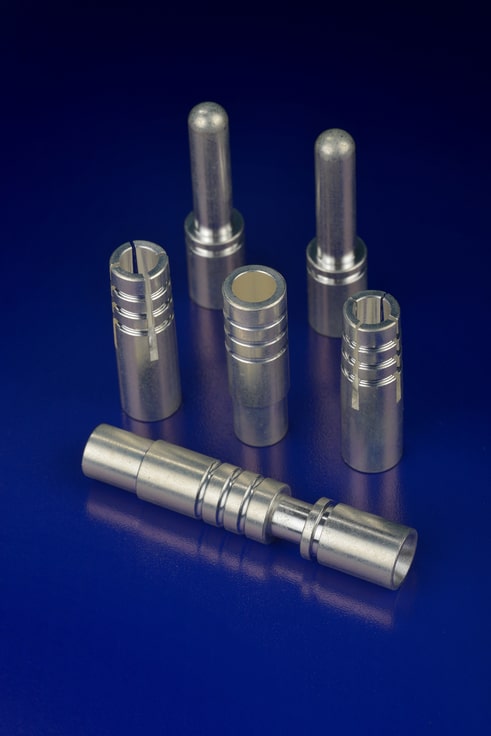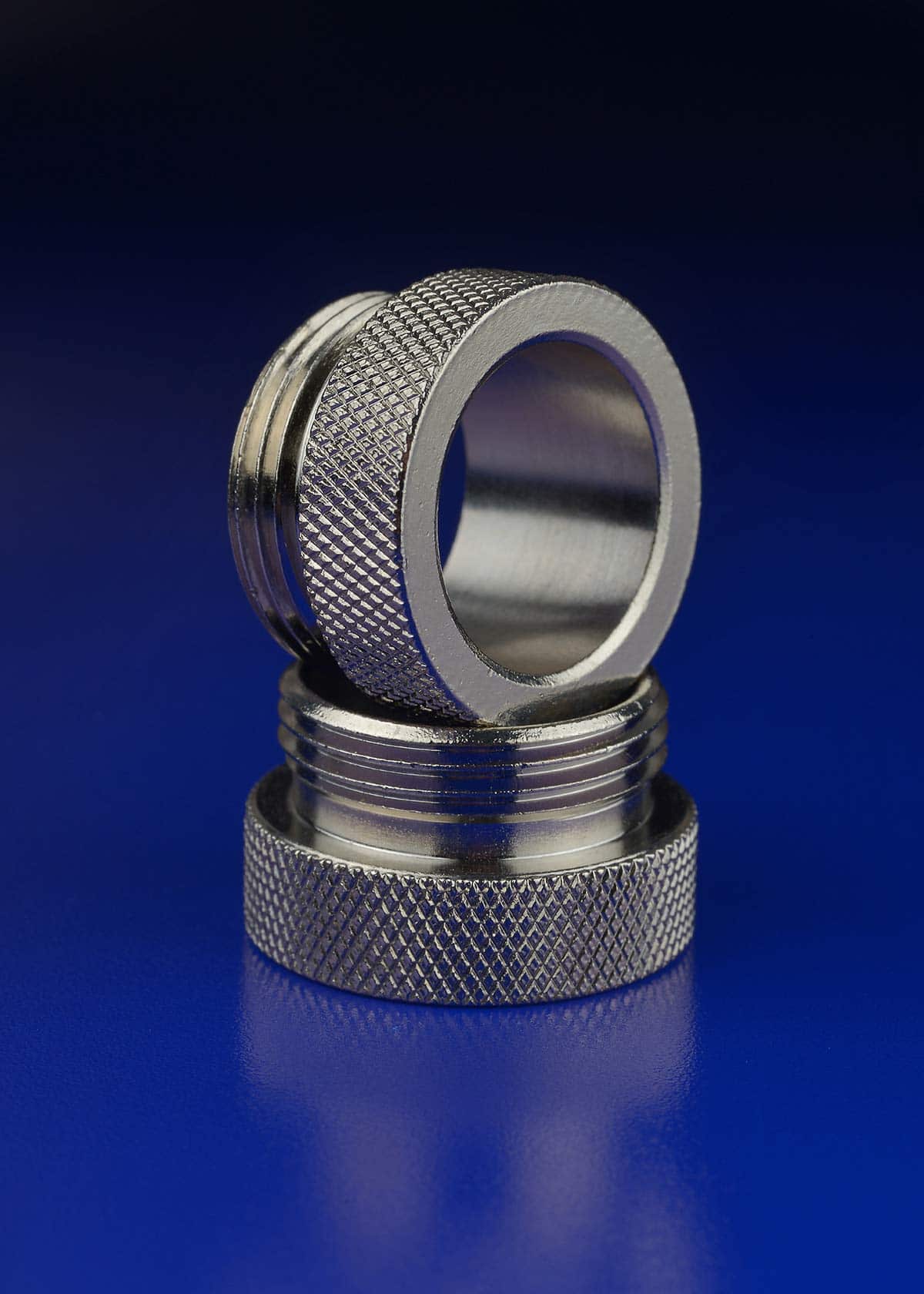When you think about corrosion, you might think about rust. It can cause significant damage to any kind of ferrous metal, something that is frustrating for anyone who builds something out of this material. It’s been said that corrosion-based losses to U.S. industries is more than $275 billion in a single year. The areas where this is most common are government, production and manufacturing, transportation, utilities, and infrastructure.
Using zinc coating can help protect metals like steel and iron from rust and other forms of corrosion. With this plating method, a thin coating is applied to the metal surface. That zinc then provides a barrier so that rust cannot reach the metal underneath. The reason zinc is the most common option is because it is one of the best choices for preventing corrosion.
The process of zinc plating is pretty in-depth and requires an experienced hand. It also requires the use of specialized machines and equipment. Here is how it typically works:
The first step is to clean and prepare the metal surface. Any debris that is left can make it hard for the zinc coating to adhere. Usually, an alkaline detergent is used for cleaning, followed by an acid treatment that removes any rust present.
Next, the plating solution is prepared. The metal part is immersed into an electrolyte solution called a plating bath. This solution has various chemicals that help with the plating process. There are different types of baths depending on the use and need behind the metal parts.
After this, a plating procedure is determined. This might involve placing metal racks into the tank with the bath to keep parts stationary. It could also involve barrel plating, which is used for smaller parts and can provide a finish that is more uniform.
Next, an electrical current is introduced to the bath. Zinc ions will then deposit to the surface. The current will go from the cathode to the anode for a full circuit. Following this, post treatment is done, which typically involves rinsing and drying the parts.



